Soccer, also known as football in many parts of the world, is a sport that captivates millions with its thrilling gameplay and passionate fan base. At the heart of this global phenomenon lies the scoring system, which determines the outcome of matches and fuels the excitement on and off the field.
Whether you’re a seasoned fan or a newcomer to the sport, understanding how scoring works in soccer is essential to fully appreciate the game’s intricacies.
In this article, we will delve into how scoring works in soccer, demystifying the rules and shedding light on the various ways players can put the ball into the back of the net.
From the exhilarating feeling of a goal to the strategies employed by teams to secure victory, we will explore the nuances of scoring in soccer.
Join us as we unravel the mysteries behind the beautiful game’s scoring system, providing you with a comprehensive understanding of how goals are scored and how they shape the outcome of matches.
How Does Scoring Work In Soccer?
Scoring in soccer is the act of successfully putting the ball into the opponent’s goal. The Laws of the Game, established by the International Football Association Board (IFAB), govern the rules of soccer. Here’s a summary of the key rules related to scoring:
Goal
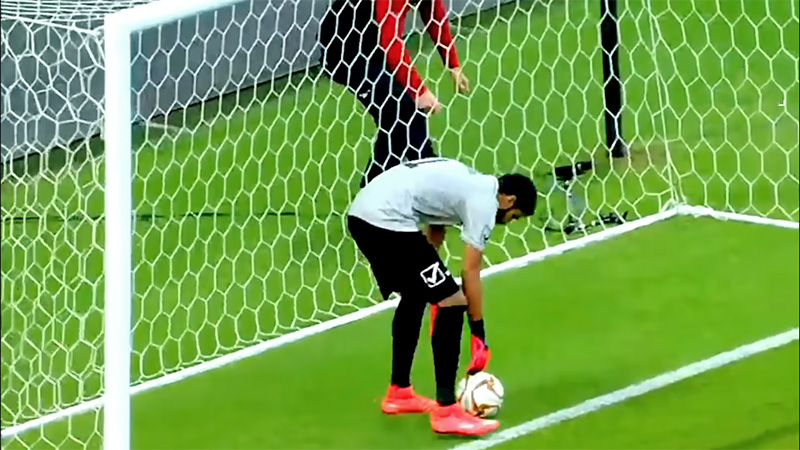
A goal is scored when the entire ball crosses the goal line, between the goalposts and under the crossbar, provided no infringement or violation has occurred.
Scoring Team
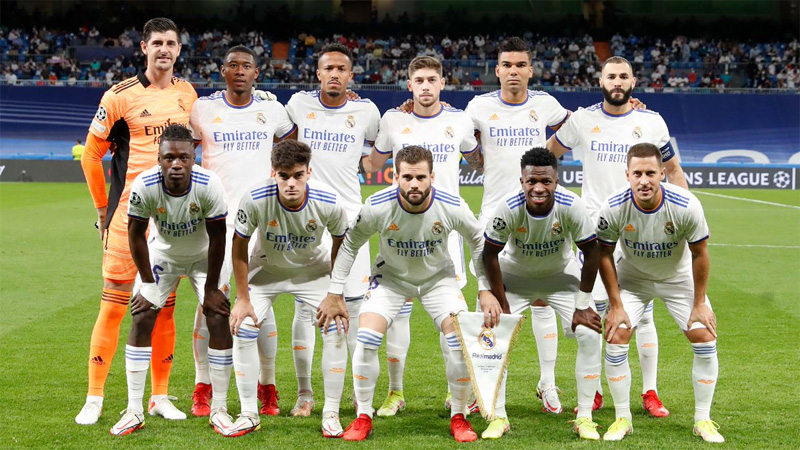
The team that scores a goal is awarded one point. The team with the most points at the end of the match wins.
Offside
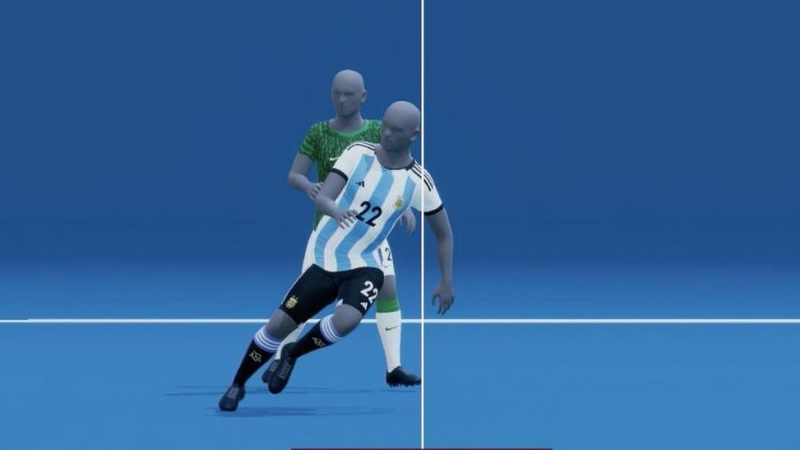
A player is considered offside if they are nearer to the opponent’s goal line than both the ball and the second-to-last defender (usually the last outfield player) when the ball is played to them. If an offside player receives the ball directly from a teammate, they may be penalized.
Fouls and Penalties
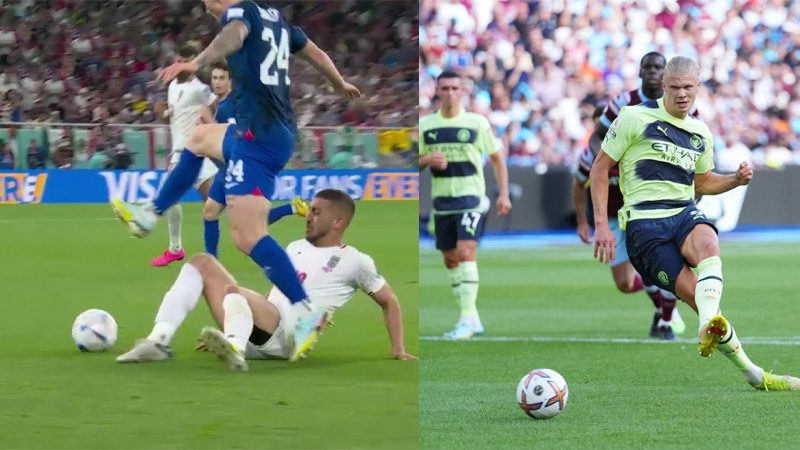
If a player commits a foul inside their own penalty area, the opposing team is awarded a penalty kick. A penalty kick is taken from the penalty spot, 12 yards (11 meters) from the goal line, with only the goalkeeper defending it.
Own Goal
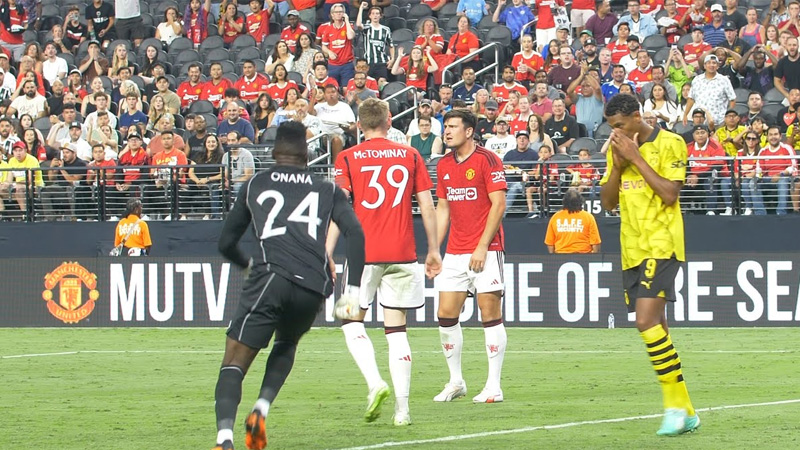
If a player unintentionally puts the ball into their own team’s goal, it counts as a goal for the opposing team.
Valid Goals
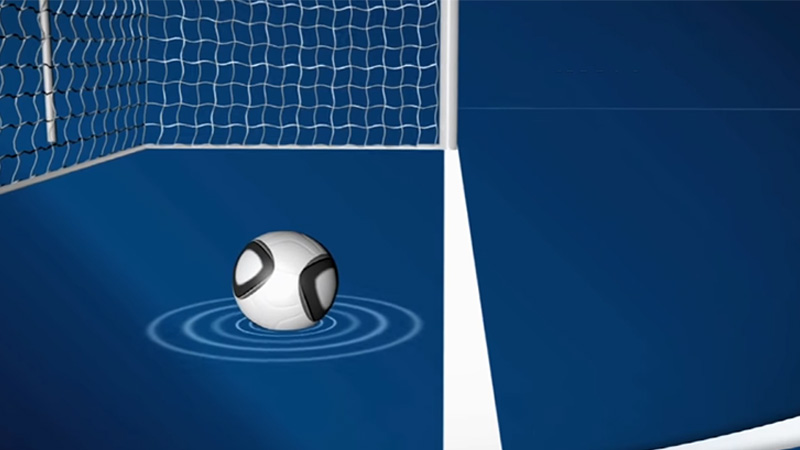
Goals can be scored from any part of the body, as long as the ball is played within the rules. However, a goal cannot be scored directly from certain restarts, such as a throw-in, goal kick, or indirect free kick (unless the ball touches another player before entering the goal).
Extra Time and Penalty Shootouts
In knockout competitions or matches where a winner must be determined, if the score is tied at the end of regular time, extra time may be played. If no winner is determined after extra time, a penalty shootout is conducted to determine the winner.
It’s important to note that the Laws of the Game can be complex, and there are additional rules and nuances that apply in different situations. Referees and officials are responsible for enforcing these rules during matches.
Aggregate Rules In Soccer
Aggregate rules in soccer are used in certain competitions, particularly in the knockout stages of tournaments. The aggregate rule takes into account the total goals scored by each team over two legs (home and away matches) to determine the winner. Here’s how it works:
Two-Leg Format
In a two-leg format, two matches are played between the two teams, one at each team’s home ground. The team that scores the most goals over the two legs advances to the next round.
Away Goals Rule
The away goals rule is often applied in aggregate competitions. According to this rule, if the total goals scored by each team over the two legs are equal, the team that has scored more goals away from home is considered the winner.
Away goals scored in extra time usually count double, but this can vary depending on the competition’s rules.
Example: Let’s consider a hypothetical example. Team A and Team B are playing a two-leg match. In the first leg, Team A wins 2-1 at their home ground. In the second leg, Team B wins 1-0 at their home ground.
The total aggregate score is 2-2. However, since Team B scored an away goal, they would be considered the winner based on the away goals rule.
Extra Time and Penalties
If the aggregate score is still tied after the second leg, extra time may be played. The duration of extra time can vary, but it is typically 30 minutes (two halves of 15 minutes each). If no winner is determined after extra time, a penalty shootout is conducted to determine the winner.
It’s important to note that not all competitions use the aggregate rule, and the specific rules can vary between tournaments. It’s always advisable to refer to the specific regulations of the competition in question to understand the exact application of aggregate rules.
Who Can Score In Soccer?
In soccer, scoring goals is the ultimate objective of the game. The rules of soccer allow any player on the field to score a goal, regardless of their position or role within the team.
While certain positions, such as forwards or strikers, are typically more involved in the attacking play and have a higher likelihood of scoring goals, goals can be scored by players in any position.
Forwards or strikers are often the primary goal-scoring threats on a team. Their main responsibility is to create scoring opportunities and convert them into goals.
They use their speed, agility, and technical skills to get into scoring positions and shoot the ball past the opposing team’s goalkeeper.
Midfielders also contribute to goal-scoring opportunities. They play a crucial role in the build-up play, providing passes and assists to the forwards. Additionally, midfielders often have the ability to shoot from outside the penalty area and score goals themselves.
Defenders, although primarily focused on defending, can also score goals. During set-piece situations such as corner kicks or free kicks, defenders often move forward and join the attack.
Their height and heading ability make them valuable targets for crosses into the penalty area, and they can score goals by heading the ball into the net.
Even goalkeepers have the opportunity to score goals, although it is relatively rare. In certain situations, such as when their team is trailing and time is running out, goalkeepers may move forward during a corner kick or a free kick to provide an extra attacking option.
If the ball falls to them or if they manage to get a touch on it, they can score a goal. It’s important to note that scoring goals in soccer requires a combination of individual skill, teamwork, and tactical awareness.
Players need to be able to read the game, make intelligent runs, and have good shooting techniques to score goals. Additionally, effective communication and understanding between teammates are crucial in creating scoring opportunities.
Ultimately, the beauty of soccer lies in the fact that any player on the field, regardless of their position, has the potential to score a goal and contribute to their team’s success.
Rules for Scoring a Goal
To score a goal in soccer, certain rules and conditions must be met. Here are the key rules for scoring a goal:
The Ball Must Completely Cross the Goal Line
For a goal to be awarded, the entire ball must cross the goal line between the goalposts and beneath the crossbar. If any part of the ball remains on or above the line, it is not considered a goal.
No Fouls or Infringements
A goal will not be awarded if an attacking player commits a foul or an infringement during the process of scoring. This includes offenses such as handball, offside, or dangerous play. If a foul is committed by the attacking team, a free kick or penalty kick may be awarded to the defending team instead.
No Offside
If an attacking player is in an offside position when the ball is played to them, they cannot score a goal directly from that position. However, if the player was not involved in active play or receives the ball from a defensive player, they may still score a goal.
No Interference with the Goalkeeper
If an attacking player interferes with the goalkeeper’s ability to make a save or clear the ball, a goal may be disallowed. This includes obstructing the goalkeeper’s line of sight, impeding their movement, or making physical contact.
No Handball by the Attacking Team
If the ball touches an attacking player’s hand or arm intentionally, and it leads to a goal or a goal-scoring opportunity, the goal may be disallowed. Accidental handball by the attacking team is generally not penalized unless it directly leads to a goal.
No Fouls or Infringements by the Defending Team
If the defending team commits a foul or an infringement that prevents a goal from being scored, a penalty kick may be awarded to the attacking team. This can include actions such as a foul inside the penalty area or a handball by a defending player.
It’s important to note that the final decision on whether a goal is awarded or not lies with the match officials, including the referee and the assistant referees.
They use their judgment and rely on the rules of the game to determine if a goal is valid or if it should be disallowed. Video Assistant Referee (VAR) technology may also be used in some competitions to review and confirm goal decisions.
FAQs
What happens if the ball hits the goalpost or crossbar?
If the ball hits the goalpost or crossbar and does not cross the goal line, it is not considered a goal. The play continues, and the team defending the goal can attempt to clear the ball or regain possession.
Can a goal be scored directly from a throw-in?
No, a goal cannot be scored directly from a throw-in. According to the rules, the ball must touch another player before a goal can be scored. If a player throws the ball directly into the opponent’s goal without it touching another player, a goal kick is awarded to the defending team.
Can a goal be scored from a corner kick?
Yes, a goal can be scored directly from a corner kick. When the ball is kicked directly into the opponent’s goal from a corner kick without touching another player, it is considered a goal.
What happens if a goal is scored during injury or stoppage time?
If a goal is scored during injury or stoppage time, it counts the same as a goal scored during regular playing time. The additional time is added by the referee to compensate for any stoppages that occurred during the match, and goals scored during this time are counted towards the final score.
What happens if the ball goes into the net but the referee disallows the goal?
If the referee disallows a goal, it means they have determined that a rule or infringement was violated during the scoring process. The most common reasons for disallowed goals include offside, fouls, handball, or interference with the goalkeeper.
Bottom Line
So, now you know how scoring works in soccer. To summarize, scoring in soccer is not just about putting the ball into the net; it is a culmination of skill, teamwork, and strategy.
From the precision of a well-placed shot to the artistry of a perfectly executed set piece, every goal carries its own story and significance.
Understanding the scoring system in soccer allows fans to appreciate the game on a deeper level, as they witness the ebb and flow of matches and the impact that each goal has on the final result.
So, the next time you watch a soccer match, keep an eye on the scoring opportunities, the players’ movements, and the strategies employed by both teams.
Appreciate the moments of brilliance and the sheer joy that comes with a well-deserved goal. Soccer scoring is a symphony of skill, passion, and determination, and by understanding its intricacies, you can truly immerse yourself in the beauty of the game.







